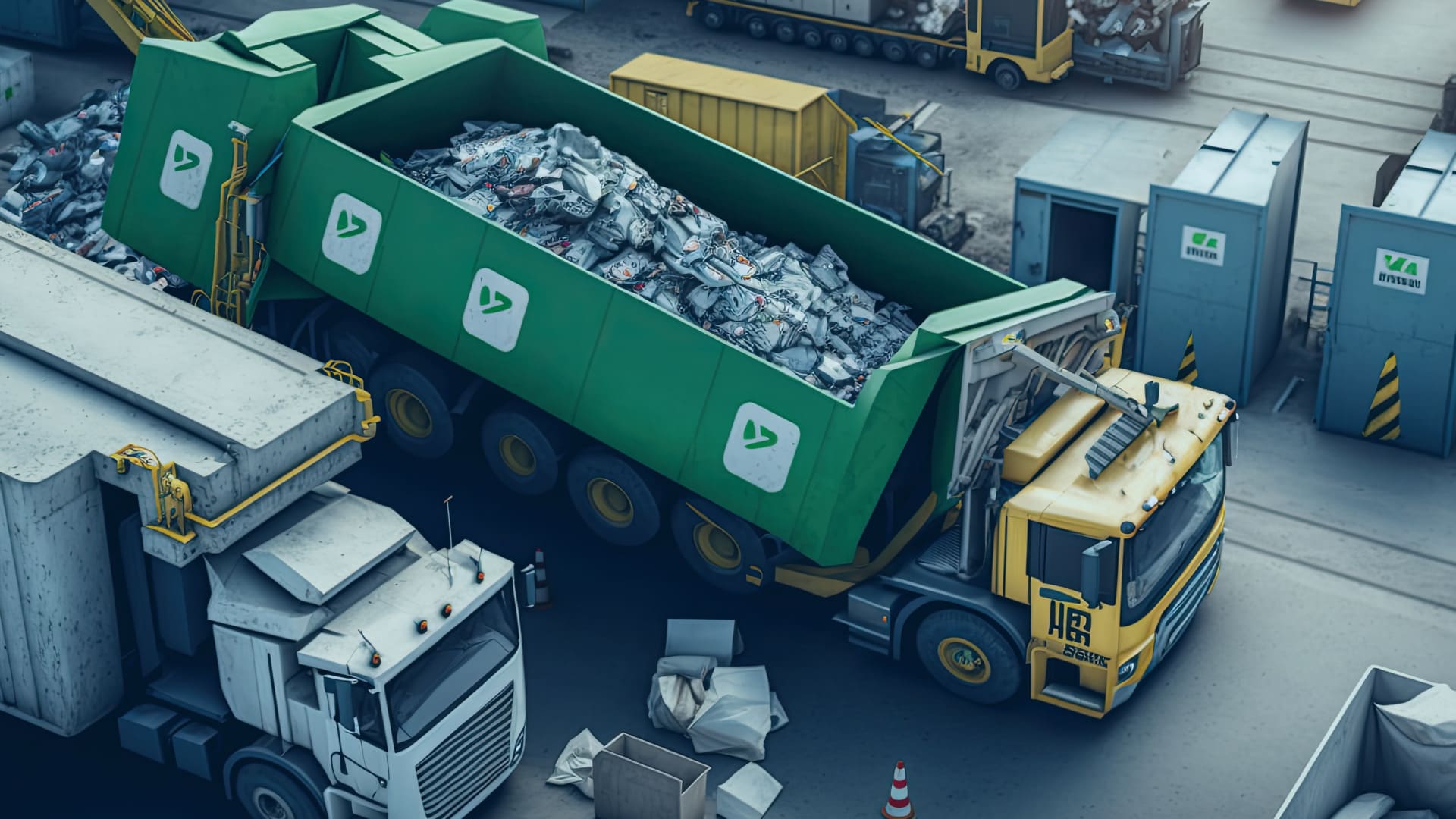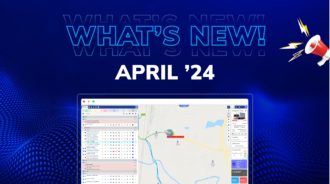In the world of waste management, efficiency is key. As urban populations continue to grow, the demand for timely and effective waste collection has never been higher. This is where route optimisation software comes into play, revolutionizing the way waste collection routes are planned and executed. This blog will delve deep into the ways you can maximize waste collection routes with advanced route optimisation software, focusing on the trends and techniques that make this possible.
Understanding Route Optimisation Software
Before diving into the strategies for maximizing waste collection routes, it’s crucial to understand what route optimization software is. Simply put, this innovative tool uses algorithms and real-time data to determine the most efficient routes for waste collection vehicles. It considers various factors such as road traffic, distance, vehicle capacity, and service time at each stop. The primary goal is to reduce driving time and fuel consumption, thereby increasing efficiency and reducing operational costs.
The Importance of Efficiency in Waste Management
Efficiency in waste management is not just about saving time and money; it’s about creating a sustainable and environmentally friendly process. Efficient routes mean fewer emissions, less fuel consumption, and reduced wear and tear on vehicles. Moreover, it ensures timely collection, which is crucial for maintaining public health and cleanliness in our communities.
The importance of route efficiency in waste management cannot be overstated. As cities grow and populations increase, the volume of waste generated also rises, putting a strain on waste management systems. Efficient routing is essential in managing this increased demand effectively, sustainably, and economically. Here’s a detailed look at why route efficiency is so crucial in waste management:
Cost Reduction
Fuel is one of the most significant expenses in waste collection. Efficient routes mean less time on the road and lower fuel consumption, directly reducing operational costs. Additionally, efficient routes can lead to reduced maintenance costs due to less wear and tear on vehicles.
Increased Productivity
Route optimization allows for more collections in less time. By minimizing unnecessary travel, drivers can complete their rounds more quickly and potentially cover more ground in a day. This increased productivity can lead to fewer vehicles on the road, which further reduces costs and environmental impact.
Environmental Sustainability
The environmental impact of waste collection is significant. Vehicles emit CO2 and other pollutants that contribute to climate change and air pollution. By optimizing routes, waste management companies can significantly reduce their carbon footprint. Fewer miles driven means fewer emissions, making route efficiency a crucial component of environmentally sustainable waste management practices.
Enhanced Service Quality
Efficient routes ensure that waste is collected on time, reducing the likelihood of missed pickups and the accumulation of waste in public areas. This timeliness is critical for maintaining public health, safety, and the overall aesthetics of communities. Furthermore, with efficient routing, companies can respond more quickly to unexpected demands or changes in the schedule.
Resource Optimization
Efficient routing allows waste management companies to make the most of their available resources. This includes not just the fleet of vehicles but also the workforce. By optimizing routes, companies can often manage more extensive areas or more customers without needing to increase the number of vehicles or drivers.
Community Satisfaction and Compliance
Communities expect reliable and effective waste collection services. Efficient routes mean consistent and timely service, which enhances community satisfaction. Additionally, in many areas, waste collection companies must comply with regulations regarding noise, emissions, and service frequency. Optimized routes help ensure compliance with these regulations while maintaining high service standards.
Data-Driven Decisions
Route optimization software often includes analytics and reporting features. This data allows waste management companies to make informed decisions about their operations. They can identify trends, such as areas with increasing waste production, and adjust their routes and schedules accordingly. This proactive approach can lead to even greater efficiencies over time.
Scalability and Flexibility
As cities grow and change, waste management needs also evolve. Route optimization is not a static process; it’s dynamic and adaptable. Efficient routing allows waste management services to scale up or adjust their operations quickly in response to new developments, population growth, or changes in urban infrastructure.
Integrating with Advanced Fleet Management Software
To truly maximize the potential of route optimization, it’s essential to integrate it with advanced fleet management software. This combination provides a comprehensive view of your operations, allowing for real-time tracking of vehicles, monitoring of driver behavior, and detailed reporting. This integration empowers waste management companies to make informed decisions, further enhancing efficiency and productivity.
Trends in Route Optimisation
The landscape of route optimization is continually evolving, with new trends emerging that take waste management to the next level. Some of the current trends include:
Real-Time Data Utilization
Modern route optimisation software leverages real-time data to adjust routes on the fly. This means that if there’s a traffic jam or road closure, the software can immediately reroute vehicles, ensuring that there’s minimal disruption to the service.
Machine Learning and AI
Artificial intelligence and machine learning algorithms are becoming increasingly sophisticated, allowing the software to predict future traffic patterns and suggest even more efficient routes. This proactive approach can significantly enhance the efficiency of waste collection operations.
Eco-Friendly Routing
There’s a growing emphasis on sustainability, and route optimisation software now often includes features that focus on reducing the carbon footprint of waste collection vehicles. This might involve selecting routes that require less fuel or scheduling to avoid heavy traffic times.
How to Maximize Waste Collection Routes
Now that we’ve covered the basics and the trends, let’s dive into the strategies for maximizing waste collection routes using route optimisation software.
Detailed Data Input
The more detailed the data you input into the software, the better the results. This includes accurate information about vehicle capacities, disposal locations, and collection points. The software can only be as effective as the data it’s working with.
Regular Updates and Maintenance
Route optimisation software is not a set-it-and-forget-it solution. Roads change, traffic patterns shift and new construction can pop up overnight. Regularly updating the data and maintaining the software ensures that you’re always operating at peak efficiency.
Training and Involvement of Staff
For route optimisation to be successful, your staff needs to be on board. This means training drivers on how to use the software and involving them in the optimization process. Their on-ground insights can be invaluable in refining routes.
Continuous Monitoring and Improvement
Implementing route optimisation software is just the beginning. Continuous monitoring of performance, followed by adjustments and improvements, is key to long-term success. This might involve tweaking routes, changing schedules, or even altering collection methods.
Sustainability Focus
Incorporate sustainability goals into your route planning. This means not just looking at the shortest or fastest route, but considering the environmental impact as well. Eco-friendly routes not only reduce your carbon footprint but can also lead to savings in fuel and maintenance costs.
Embrace Flexibility
The nature of waste collection can be unpredictable. Being flexible and ready to adapt to last-minute changes is crucial. Route optimization software that offers real-time rerouting can be a game-changer in such situations.
Conclusion
Maximizing waste collection routes with route optimisation software is not just about enhancing efficiency and cutting costs; it’s about adopting a smarter, more sustainable approach to waste management. By integrating with advanced fleet management software, staying abreast of the latest trends, and implementing strategic planning, waste management companies can significantly improve their operations. Remember, the journey toward optimisation is ongoing, and continuous improvement is the key to long-term success.
In the ever-evolving world of waste management, route optimisation software is not just a tool; it’s a revolution. Embrace this revolution, and watch as your waste collection routes transform into models of efficiency and sustainability.



